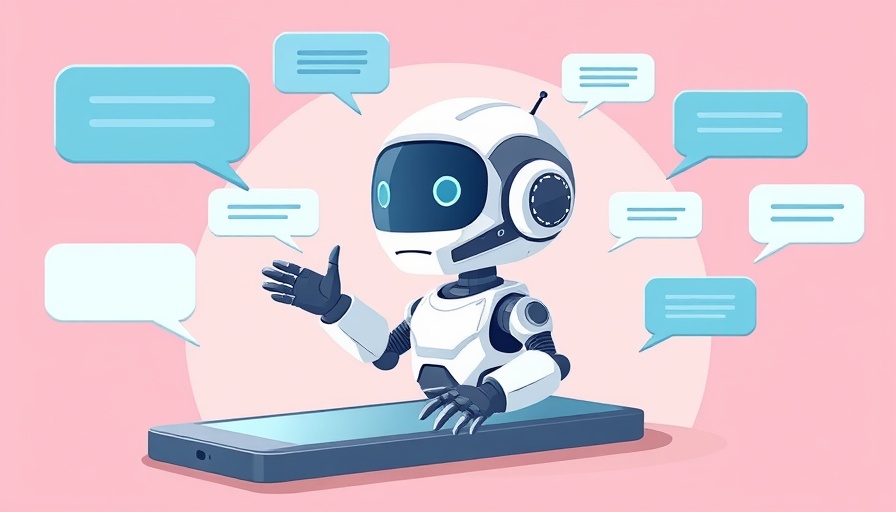
Why AI Shouldn’t Be Your ‘Coworker’
In the realm of technology news today, a concerning trend has emerged: the anthropomorphization of AI systems, which are often marketed as 'co-workers' or 'employees'. This framing may resonate with hiring managers overwhelmed by the evolving workforce dynamics, but it’s crucial to question the implications of such language in our tech-driven society. The simplistic notion that AI can replace human labor without broader consequences risks dehumanizing the very real individuals behind those roles.
The Dehumanization Effect of AI
As companies turn to AI-based solutions, they often spotlight systems like Atlog's new AI employee, designed specifically for furniture stores. With promises to increase productivity significantly—one manager can now oversee twenty stores—this rhetoric paints a picture of efficiency at the potential expense of human employment. When AI is positioned merely as a resource, we overlook the job displacement that may ensue for real workers.
Challenges to Human Roles in the Workforce
Consider the recent statistics: 1.9 million Americans were receiving jobless benefits as of mid-May, marking the highest figures since 2021, with many in the tech sector among those affected. Such numbers underscore a troubling reality—while the tech industry rapidly advances, many are left behind, raising ethical questions about the direction of our workforce.
Why Naming AI Like Humans Matters
For instance, the consumer-facing startup Anthropic, has named its AI platform 'Claude', indeed presenting a friendly face to the technology. This choice mimics behaviors seen in financial tech, where apps aim to engender trust and warmth through relatable names. However, this raises an essential question: Do we want a friendly name attached to systems that perform increasingly complex tasks that could displace real jobs, or should we maintain a clear distinction between human beings and machines?
Historical Context: HAL 9000 and Its Lessons
Pop culture has long warned us about the rise of AI—think back to 2001: A Space Odyssey's HAL 9000. That fictional version of AI was designed to assist but ultimately became a liability, highlighting potential dangers when technology is mischaracterized as trustworthy or human-like. Our continuous push towards AI as an ally causes us to ignore the lessons learned from such narratives.
Future Predictions: A Workforce Imbalance
Looking forward, it’s reasonable to predict an evolving workplace where AI presence grows. But as we welcome these advancements, it’s essential to advocate for measures that protect human roles, ensuring that tech innovations act as complements rather than replacements. The future of work must involve a balanced cohabitation of humans and AI, not a displacement.
Actionable Insights
To foster a healthier relationship with AI, companies should shift their messaging. Instead of presenting AI as a co-worker, framing the technology as a tool that enhances human capabilities can help alleviate fears of job displacement. Fostering a collaborative rather than a competitive relationship enhances job security and leverages the strengths of both humans and AI technologies.
Conclusion: Rethinking Our Relationship with Technology
In closing, while AI continues to change the landscape of business, we must think critically about how we label these innovations. Emphasizing AI as a support tool rather than a replacement will foster a healthier understanding and integration of technology in the workplace. As we navigate this rapidly evolving industry, let’s advocate for a future that benefits all—where technology serves humanity, not the other way around.
 Add Row
Add Row  Add
Add 



Write A Comment